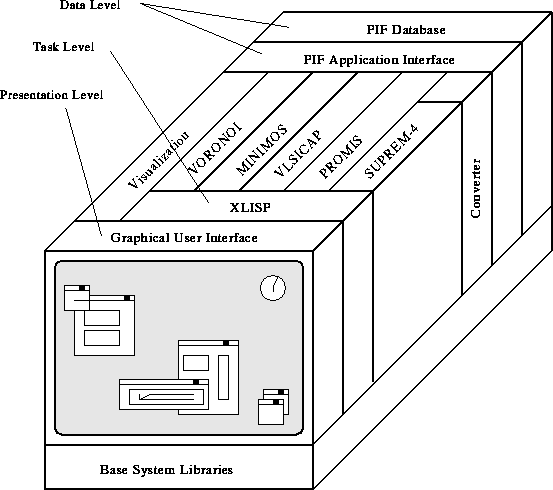
Figure 2.5: Simplified structure of VISTA





Starting in 1990, a common exchange and storage format for the description of device structures has been defined and a binary representation and procedural application interface for reading, writing, and inquiry has been implemented [44]. Soon after that a prototype extension language shell for the task level, which invokes the TCAD applications and allows for task flow programming has been added [31]. A tight coupling between the user interface and the extension language shell has been established very early [33]. The subsequent integration of several already existing applications yielded valuable feedback for the refinement and improvement of framework services (a major part of VISTA's components have undergone at least one redesign phase since their first implementation). Finally, and most importantly, several CASE tools which evolved in the course of the implementation have been re-engineered and integrated into the framework.

Figure 2.5: Simplified structure of VISTA
In essence, VISTA is a TCAD system with application-framework architecture which explicitly distinguishes between the generic framework and specific TCAD applications. It consists of a base system, a data level, a task level, and a graphical user interface as presentation level. This structure (see Figure 2.5) is typical for an application-framework architecture and is very commonly found among large software systems (see, e.g., [56] [57] [58] for striking similar CASE framework and Software Engineering Environment (SEE) architectures).
Other application-framework designs are conceivable. For example, a purely object-oriented design, driven by a simulation rule inference and design goal backtracking mechanism, could unify task and data level and would be an interesting alternative approach. It also allows for a very proper decoupling of applications and framework functionality, but unfortunately conforms badly to existing tool usage paradigms and is not prone to gradual implementation.
In contrast to most existing TCAD systems, the VISTA framework has been designed without making any assumptions about the applications that will be integrated to form an integrated TCAD system. Applications are either classical process and device simulators (e.g., VLSICAP [59], MINIMOS [60], PROMIS [61], SUPREM-4 [62], or SAMPLE [39] [63]) or generic applications which are part of the framework like, e.g., an interactive device structure editor (PED, see Section 3.3), visualization services (see Section 5), or geometry conforming re-gridding (VORONOI, see Chapter 6).
The VISTA framework (that is the entire VISTA system without
simulators) can be decomposed into base system, data level,
task level, user interface, and generic services.
Each of these components is more or less TCAD-specific.
None of them (except for static data which is provided with the
functionality), however, is technology-dependent.
into base system, data level,
task level, user interface, and generic services.
Each of these components is more or less TCAD-specific.
None of them (except for static data which is provided with the
functionality), however, is technology-dependent.




